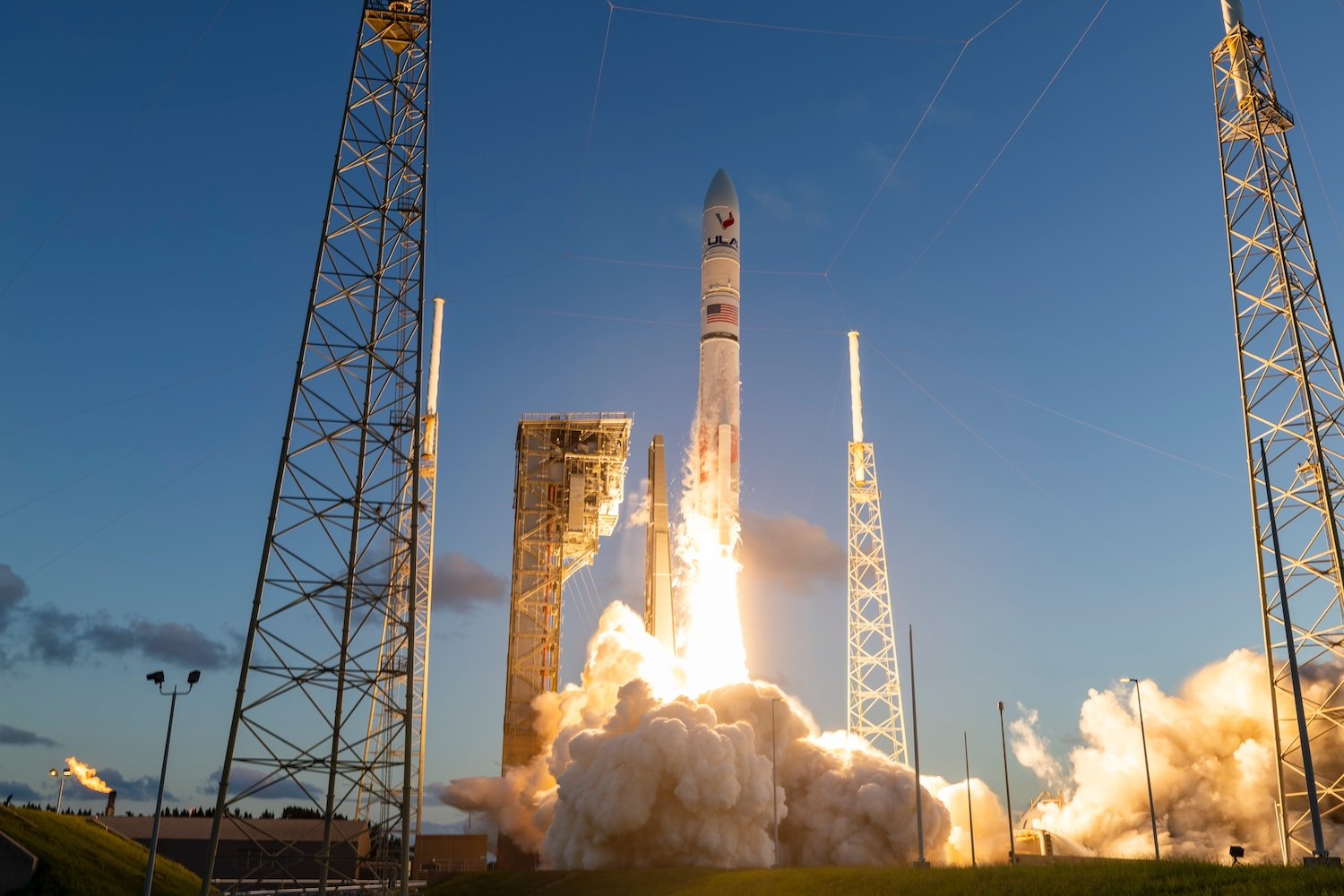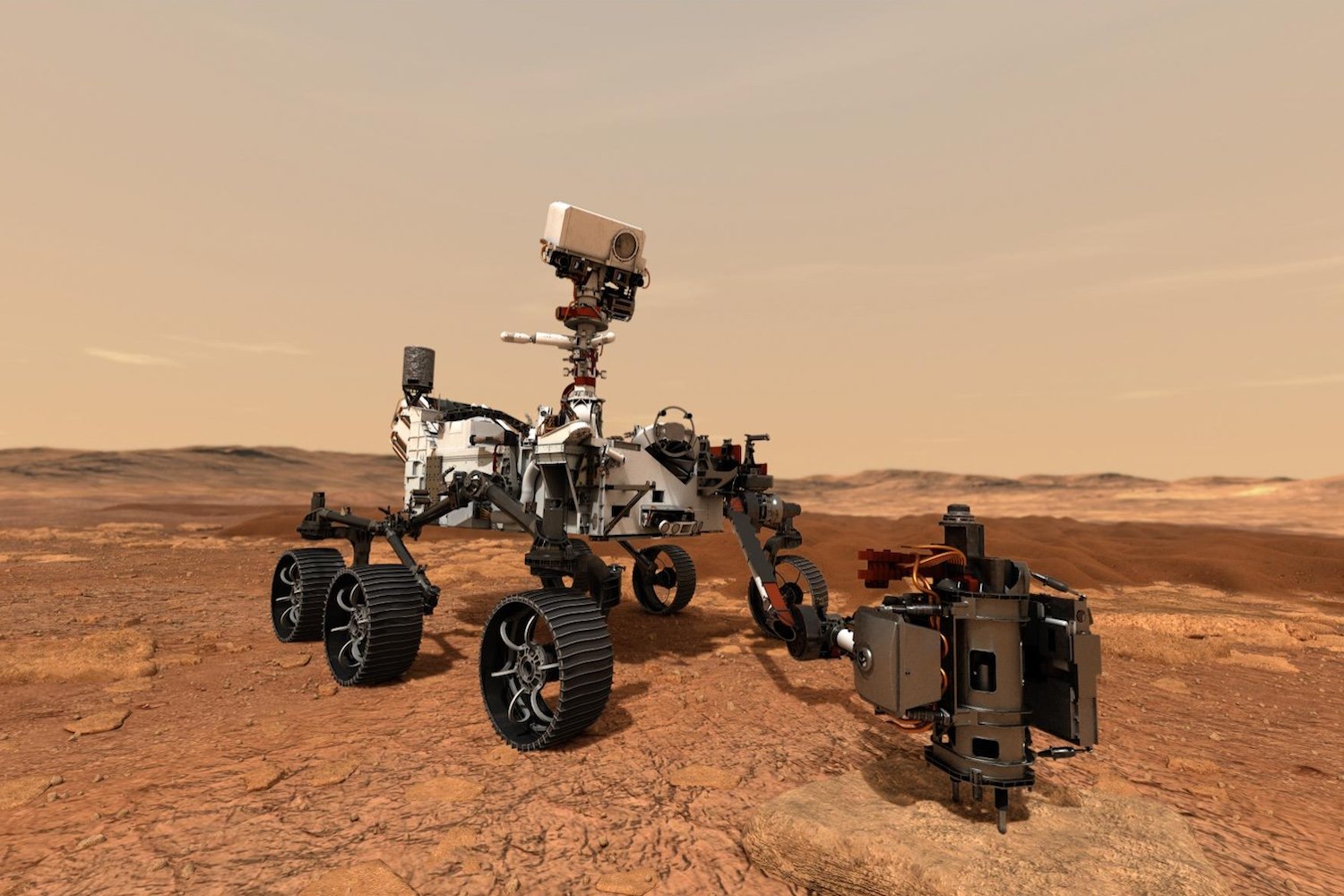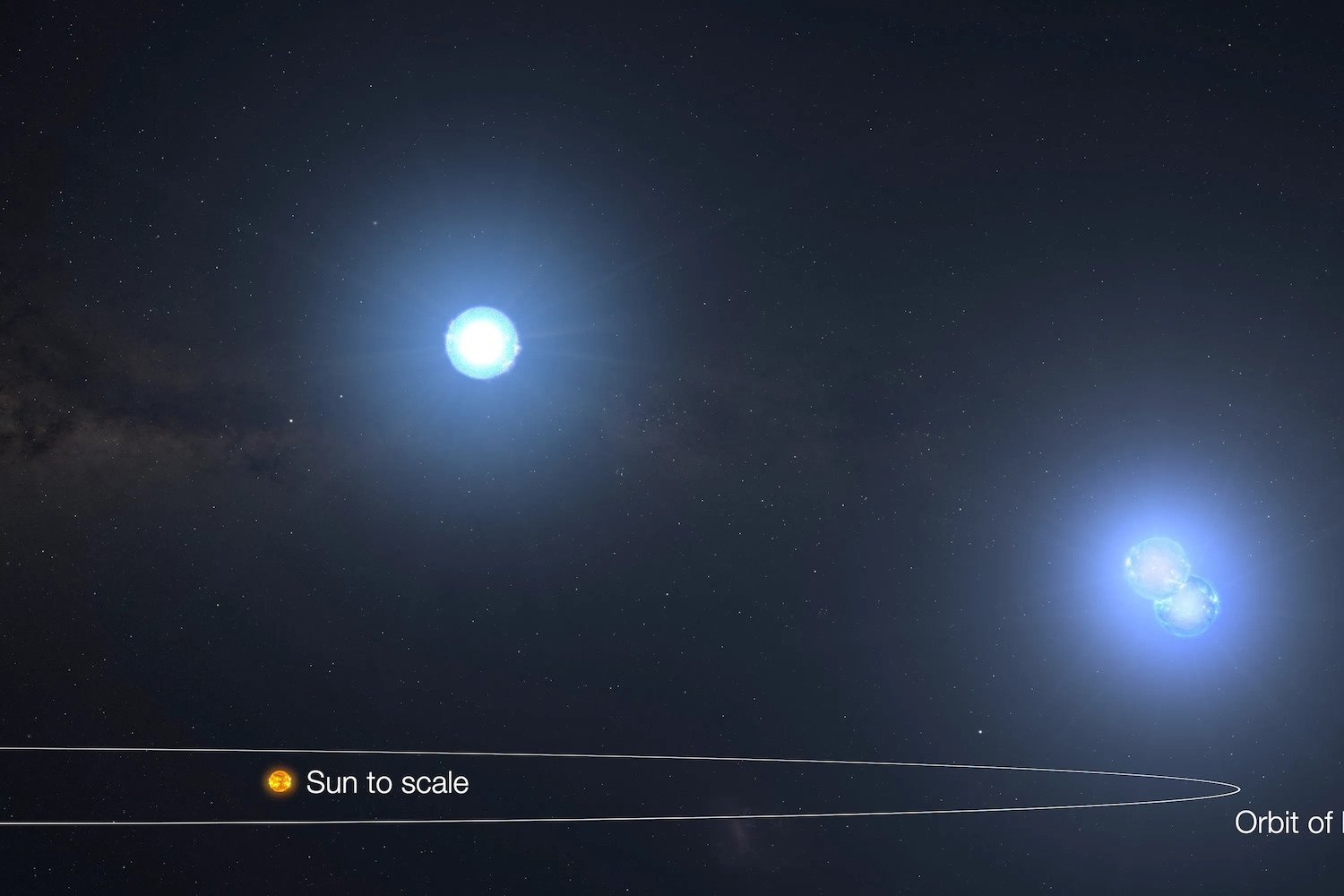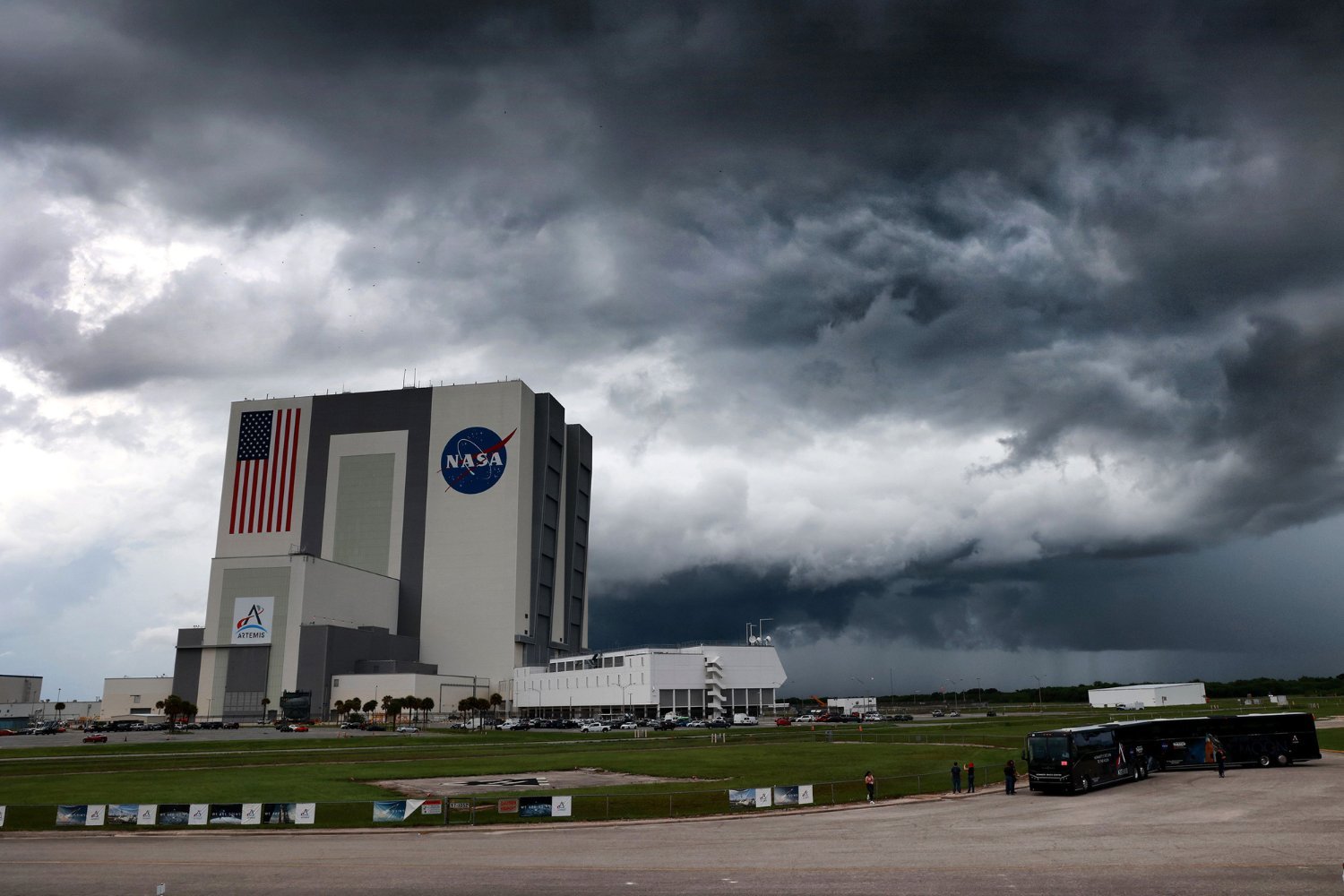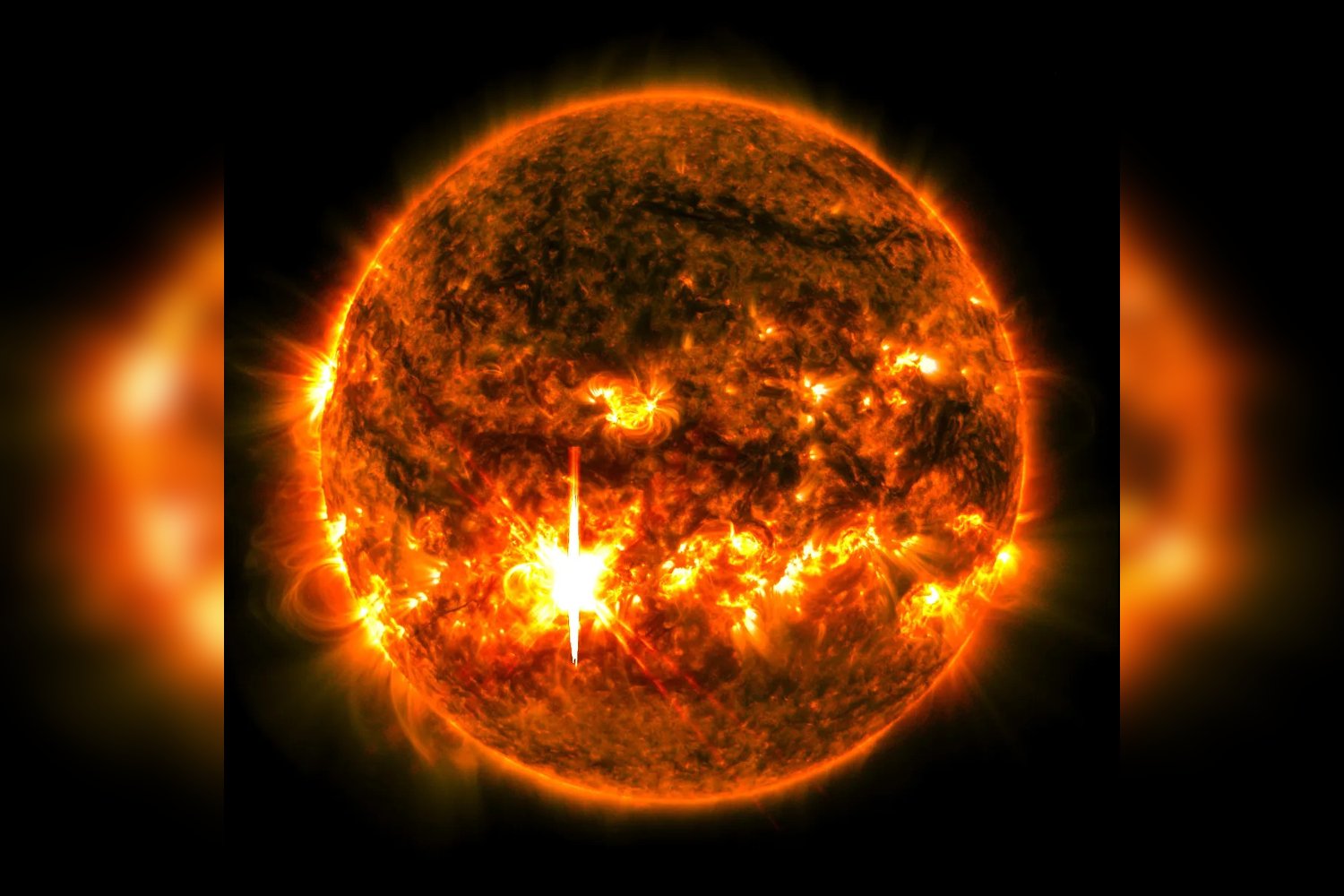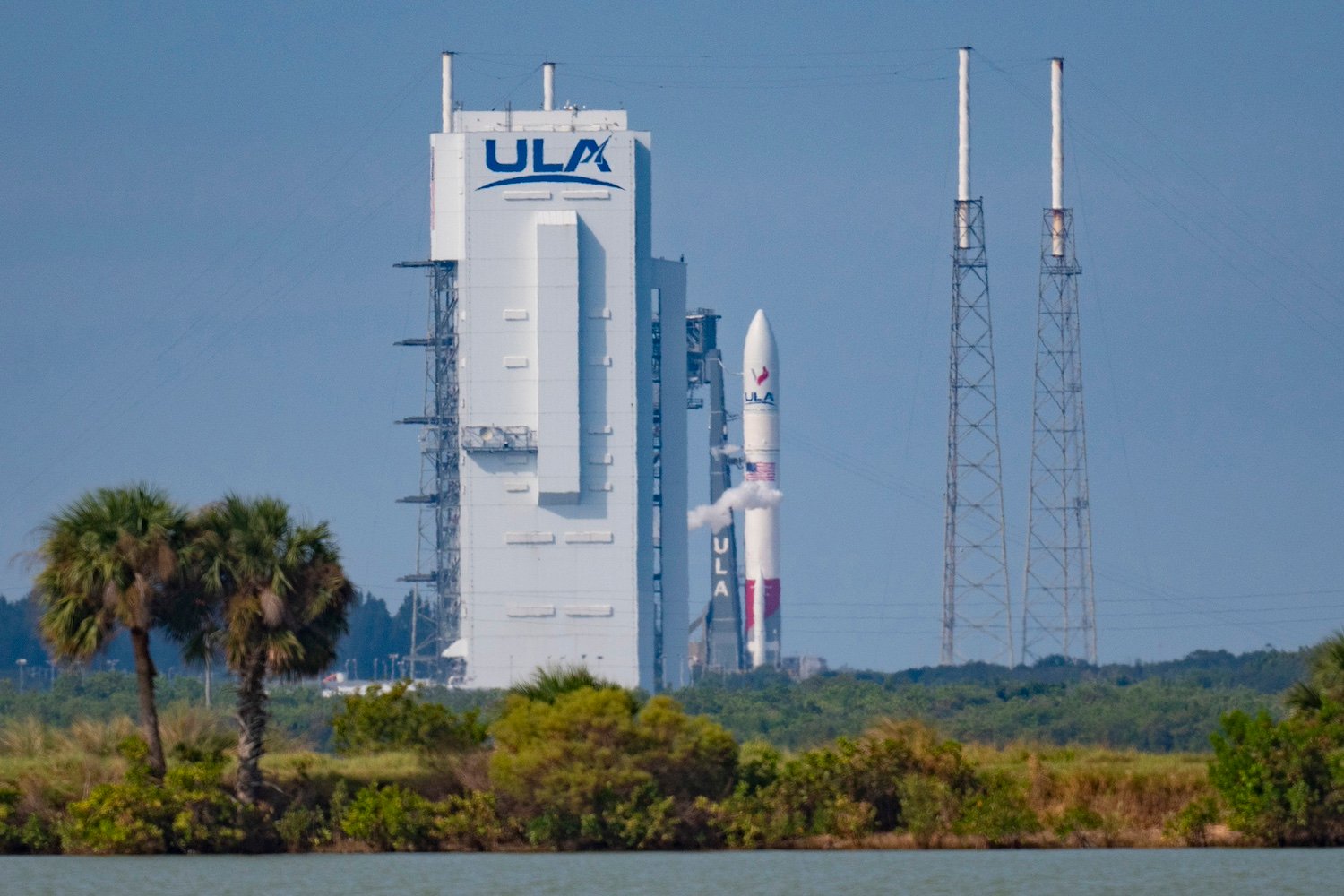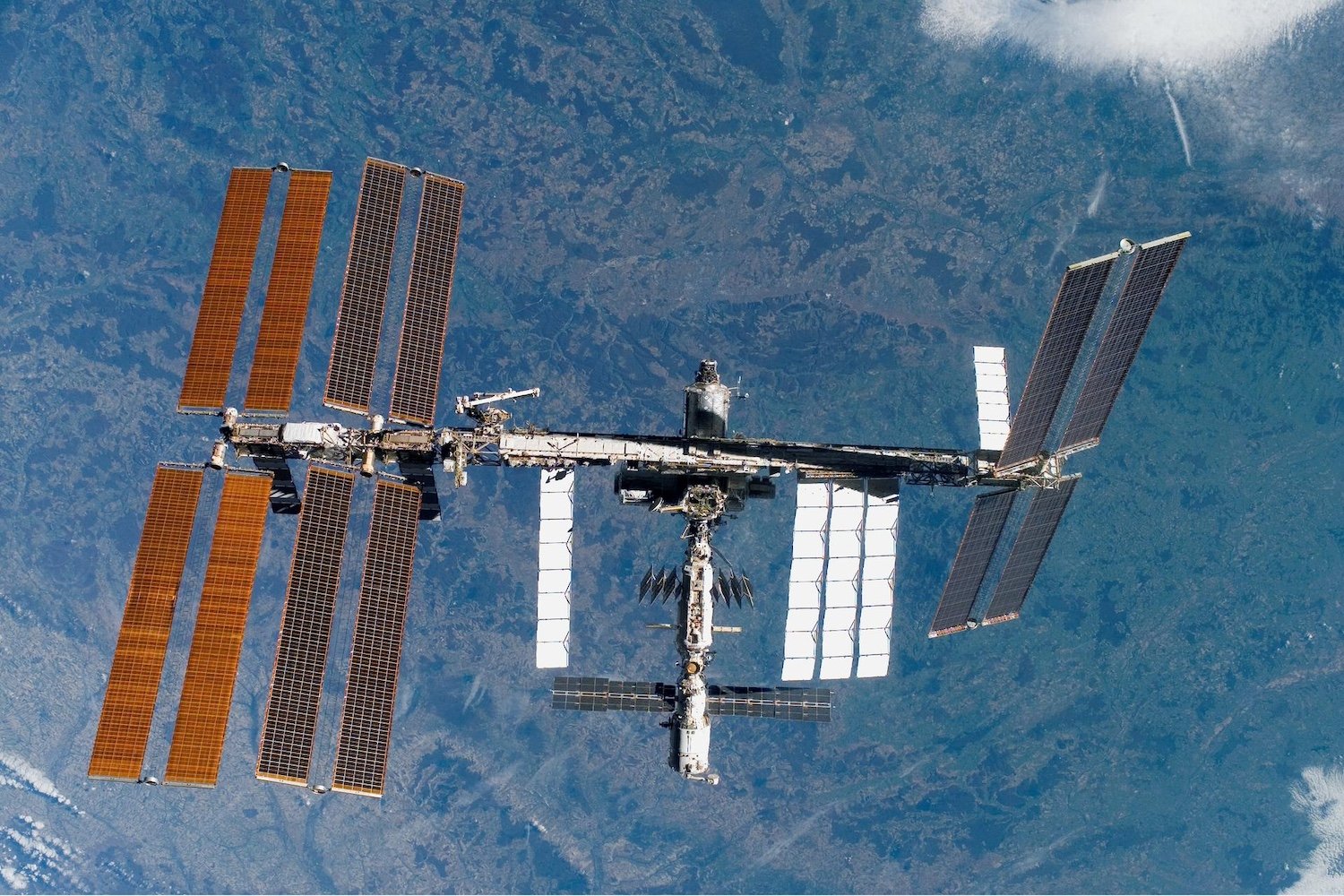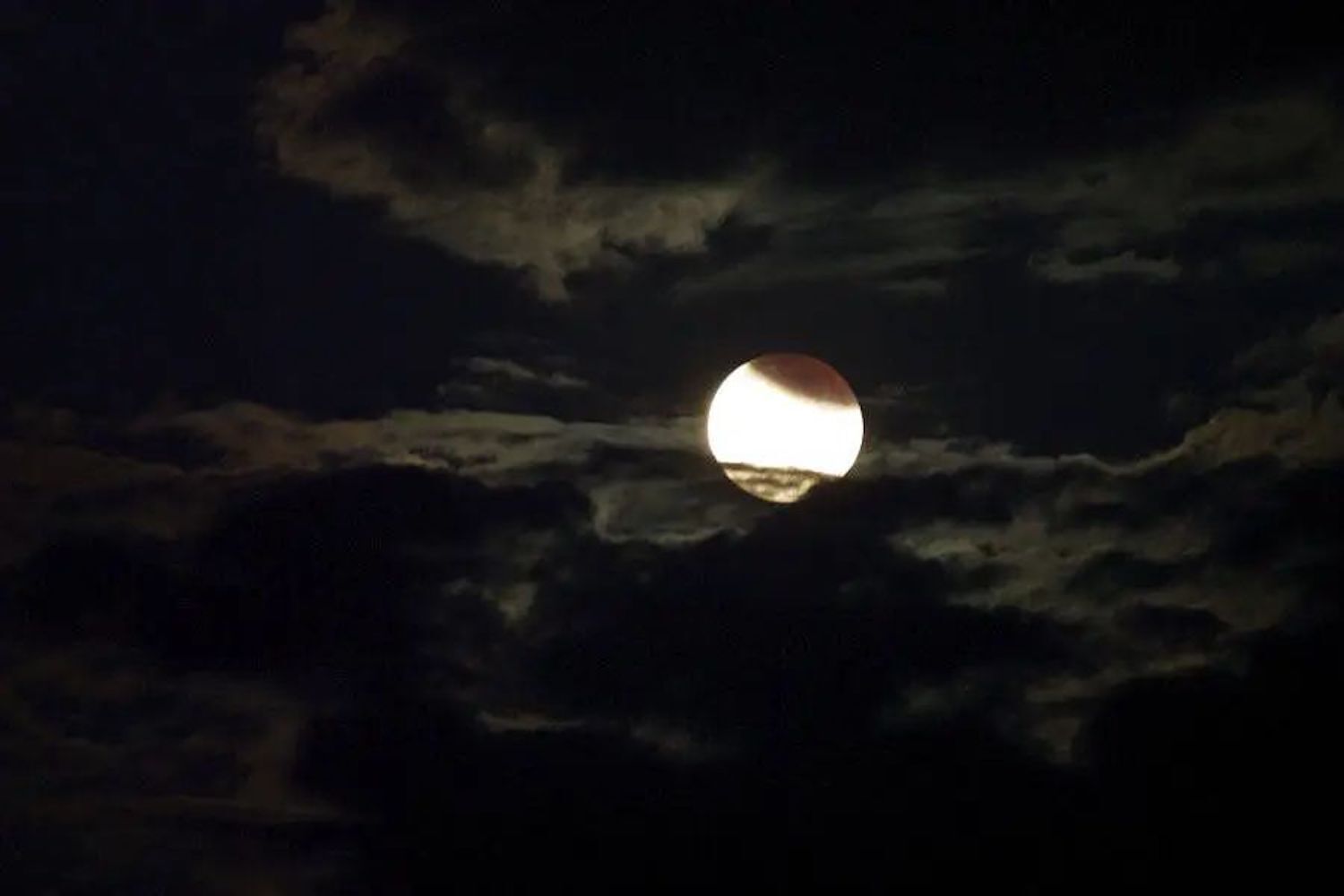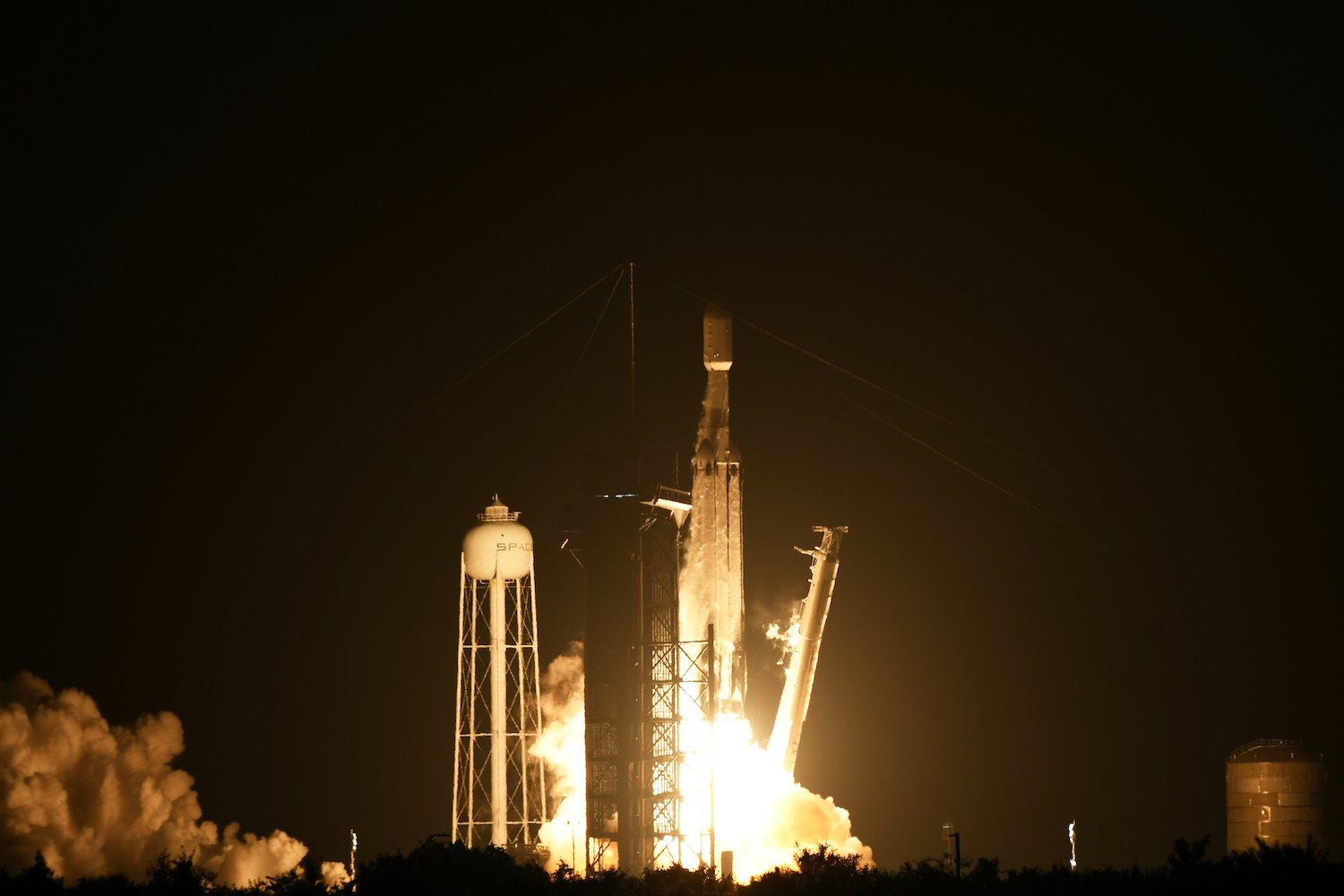The 200-foot Vulcan Centaur rocket successfully completed its second test flight, ascending from Cape Canaveral Space Force Station in Florida on Friday at 7:25 a.m. ET. Despite a nearly hour-long delay due to a pre-launch countdown interruption, the United Launch Alliance (ULA) heavy-lift rocket achieved a preliminary Earth orbit, where it gathered crucial performance data for 15 minutes. The flight, while largely nominal, experienced an anomaly with one of its solid rocket boosters (SRBs) approximately 35 seconds after liftoff.
Vulcan Centaur’s Cert-2 Mission: A Closer Look
This mission, designated Cert-2, serves as the second certification flight for the Vulcan Centaur. The primary objective is to secure U.S. Space Force certification for national security missions. Successful certification would pave the way for the rocket to deploy two U.S. military payloads later this year. Originally slated to carry Sierra Space’s Dream Chaser spaceplane, the Cert-2 mission ultimately launched with a mass simulator and other instruments due to the spaceplane’s unavailability. This shift in payload prioritized data collection, following the rocket’s inaugural test flight in January, which deployed Astrobotic’s Peregrine lunar lander.
Booster Anomaly Clouds Successful Test Flight
While ULA initially remained silent on the SRB issue during the live webcast, CEO Tory Bruno later acknowledged the anomaly, stating, “We did have an observation on SRB number one…Other than that, the flight was nominal,” according to SpaceNews. The observed plume emanating from one of the boosters raises concerns about the rocket’s performance. With ULA bearing the full launch cost due to the absence of paying customers, the implications of this anomaly are significant.
Vulcan’s Future and Competition with SpaceX
The certification process, typically spanning several weeks to allow the Space Force to analyze launch data, may be extended due to the booster issue. A potential third test flight could be required, a scenario ULA undoubtedly hopes to avoid. The Vulcan Centaur, a largely expendable heavy-lift launch vehicle conceived in 2006, incorporates design elements from ULA’s Atlas V and Delta IV rockets. With Vulcan, ULA aims to compete with SpaceX, offering the expanding space industry alternative launch options.
Implications of the Cert-2 Mission
The success of the Cert-2 mission, despite the booster anomaly, represents a significant step forward for ULA. However, the observed issue underscores the complexities of rocket development and the rigorous testing required for certification. The coming weeks will be crucial as the Space Force scrutinizes the launch data and determines the next steps in the Vulcan Centaur’s journey toward operational status. The outcome will significantly impact ULA’s competitive position within the commercial launch market.
More: We Can’t Wait for These Futuristic Rockets to Finally Blast Off



